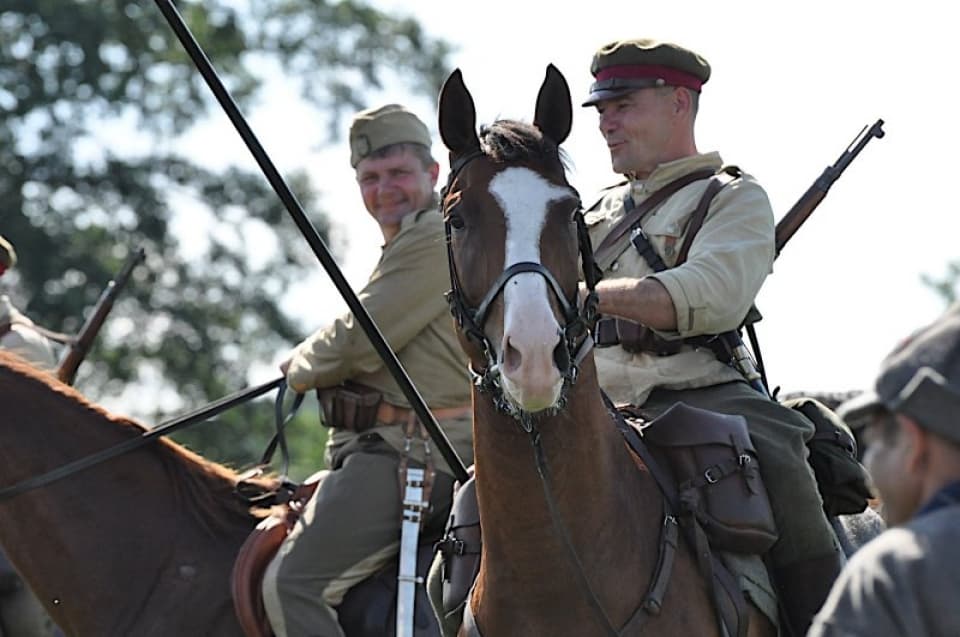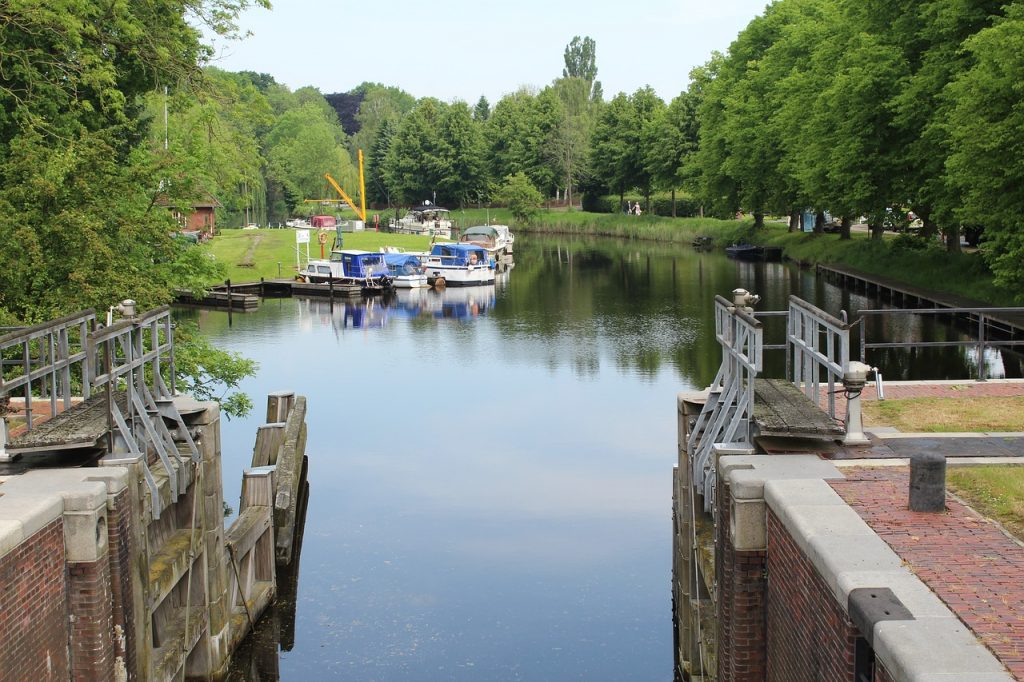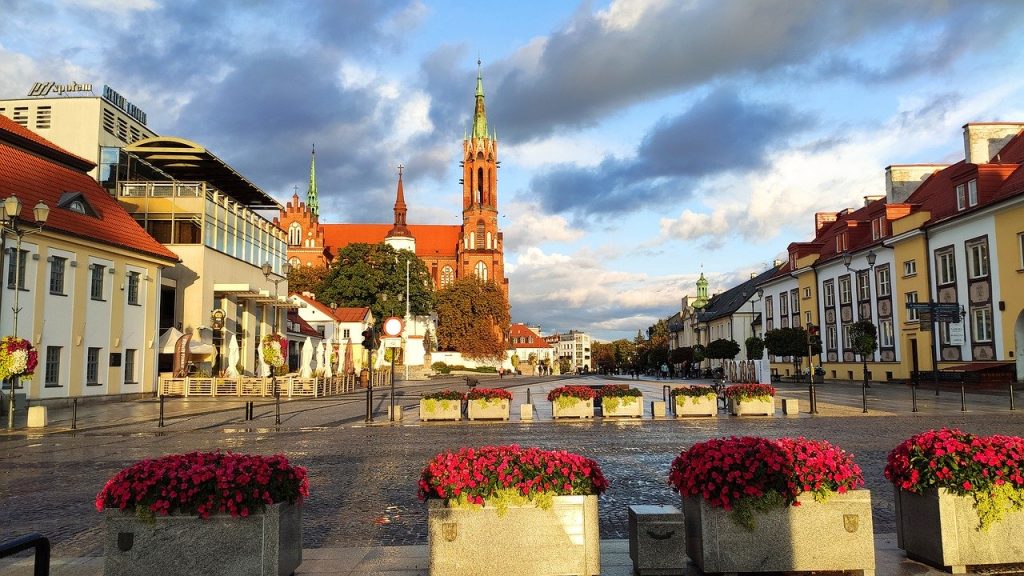Cyców commune. Place of the Polish-Bolshevik battle of 1920

HISTORY
Cyców is a place of special importance in the history of our country. The fight at Cycow, although conducted far from places where the fate of the Polish-Bolshevik war was decided, went down in the history of the Polish army as an effective and brilliant victory of the Polish cavalry over the prevailing enemy forces. A combat brigade of General Dotola from the Mozyr Group (overwhelming the Polish forces twice) was sent to Lublin. On August 16, 1920, it was planned to crush the Polish infantry and start the interrupted march on Lublin. After heavy fighting on August 15 and 16, in the vicinity of Garbatówka, Świerszczów, Cyców, Wólka Cycowska, and Głębokie, Bolshevik forces were repelled. The decisive role was played by the charge of the 3rd and 7th Uhlan Regiment and the tactical skills of Major Zygmunt Piasecki. The Dotola Group was disorganized and no longer played any role in upcoming events. As Marshal Piłsudski said – August 16 was the day that turned the fate of the war towards victory over the enemy. The heroes of the Polish-Bolshevik war were buried in the Cycowa war cemetery. In the center of Cyców there is a monument, built in the shape of a roadside chapel, crowned with a cross, and on it an inscription: “Praise the heroes of the Polish-Bolshevik war who died in the victorious battle in the fields of the Cyców commune on August 15-16, 1920.” The town of Cyców, dated August 16, 1920, was on the tomb of the unknown soldier in Warsaw.
The history of the old, unused church in Cyców is typical of many temples in eastern Poland, where under the Brest Union of 1596 some Orthodox believers recognized the pope as the head of the church and adopted Catholic dogmas, maintaining the Byzantine liturgical rite. Initially, it was a Uniate church of St. St. Archangel Michael, built in the years 1860–1870 in the Byzantine style. From 1875, after the dissolution of the union, an Orthodox church, and from 1918, a Roman Catholic church dedicated to the Protection of Saint Józef. Opposite the church is the figure of the Virgin Mary from 1862. A similar history has a wooden temple in nearby Świerszczów, whose construction was completed in 1795. After the liquidation of the Uniate bishopric in Chełmszczyzna by the tsarist authorities, the Uniate church was converted into an Orthodox church, and from 1921 to the present day it serves as a Roman Catholic church of Saint Basil.

WORTH SEEING
School Chamber of Tradition of the 7th Lublin Uhlans Regiment
Since 2005, at the School Complex 7 PUL in Cyców, there is a School Chamber of Tradition of the 7th Lublin Uhlans Regiment. The collected collections are made available to visitors in two rooms. The exhibition hall presents the history of the Battle of Cyców in 1920 and the history of the 7th Uhlan Regiment – thematic boards devoted to colors and traditions, documents and photos of the regiment, its soldiers and officers, as well as exhibits consisting of decorations, medals, elements of equipment and armament of a Polish cavalry officer. Among them, the most valuable are the complete and original Uhlan uniforms – colonel Aleksander Bielak and captain Aleksander Okujeko. The lecture hall has thematic charts and photographs documenting the school’s cooperation with the 7 Division of Lublin Uhlans from Tomaszów Mazowiecki.
The article comes from the portal: http://www.turystyka-pojezierze.pl/


